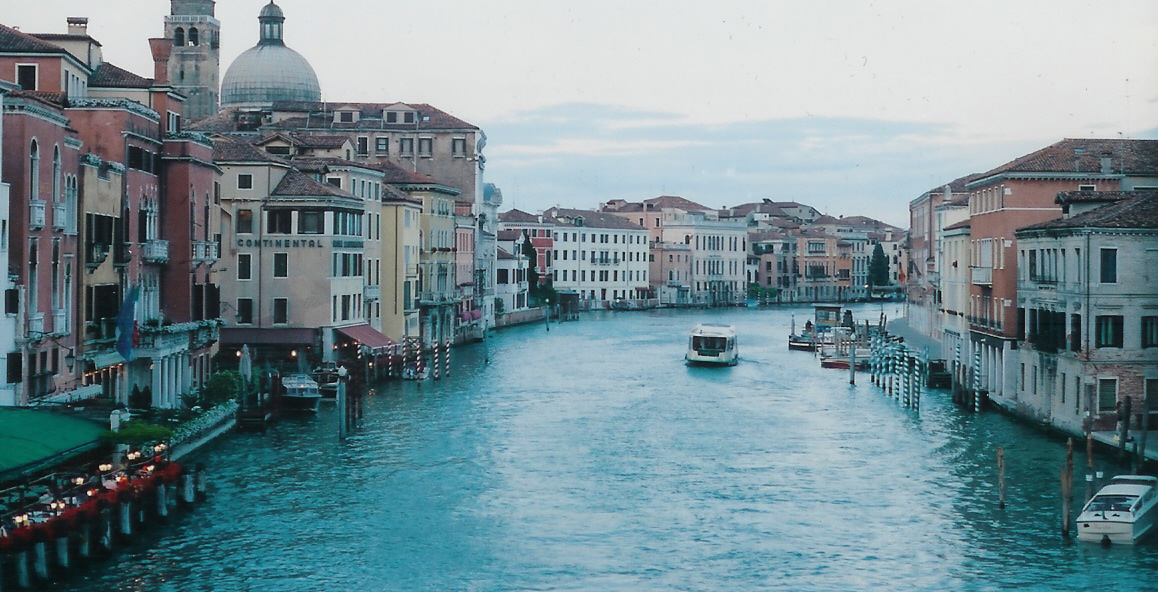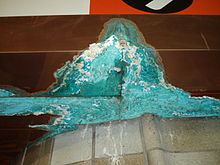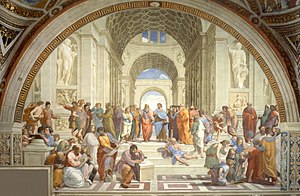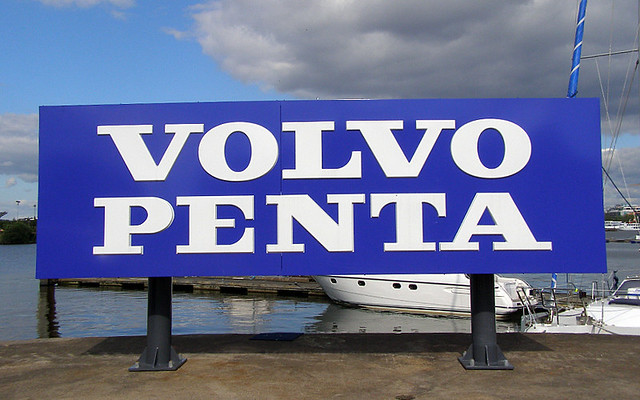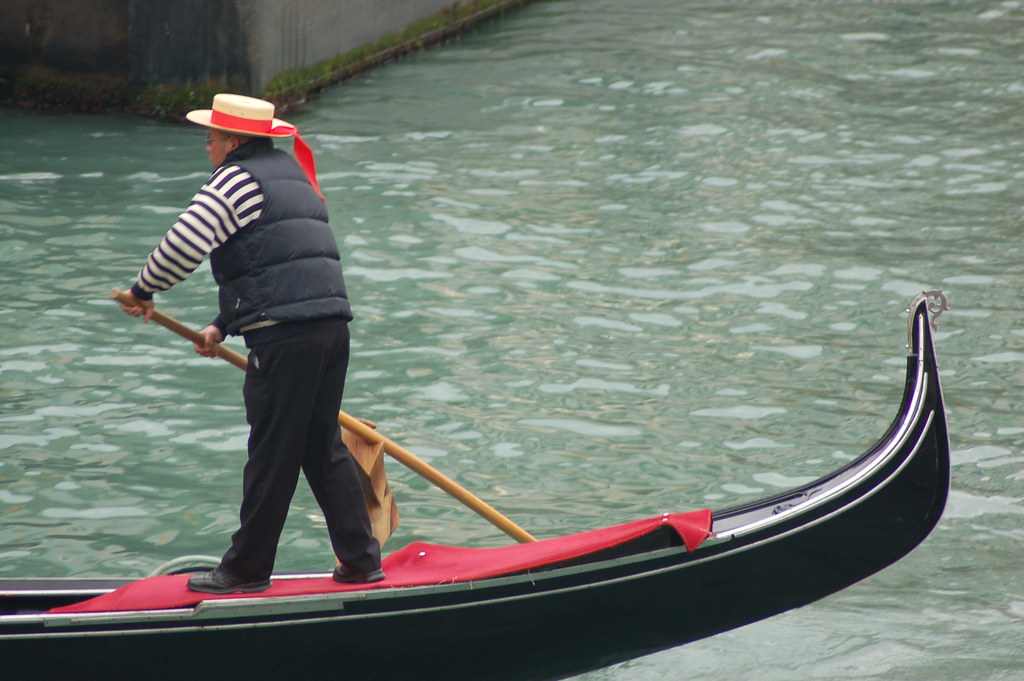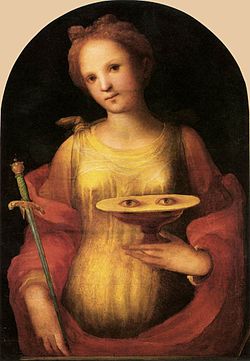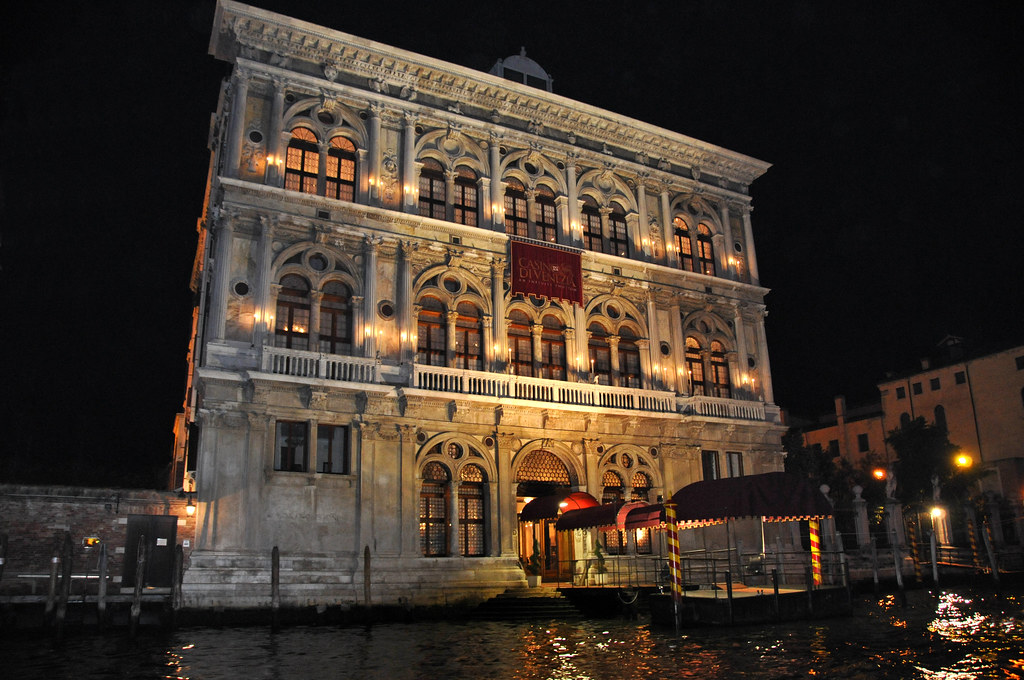
Santa Lucia Train Station – The Santa Lucia Train Station, also known as the Venezia Santa Lucia railway station, is the sole railway station servicing the historic city of Venice. It is linked with Venezia Mestre, the other railway station in Venice’s mainland frazione of Mestre.
Ferrovie dello Stato – Ferrovie dello Stato is a government-owned holding company in charge of services and infrastructure on the Italian rail network.
Grand Canal – The Grand Canal is a canal in Venice forming one of the major water-traffic corridors in the city. Transportation on the canal consists of water buses (see vaporetti), private water taxis, and gondolas.

Gondolas – Gondolas are traditional, flat-bottomed Venetian rowing boats used historically as the main mode of transportation within the waterways of Venice. Still a means of public transport on the Grand Canal, gondolas today have become iconic to Venice and attract many tourists.
Vaporetti – Vaporettis are Venetian waterbuses with scheduled lines that serve as public transport within Venice. The name comes from the word for “little steamer”, referring to waterbuses in the past that were run on steam.
 Boston – Boston is a major city in Massachusetts, a state on the East Coast of the United States. Being one of the oldest cities in the United States, it was the site of several key events of the American Revolution, such as the Boston Massacre and the Boston Tea Party.
Boston – Boston is a major city in Massachusetts, a state on the East Coast of the United States. Being one of the oldest cities in the United States, it was the site of several key events of the American Revolution, such as the Boston Massacre and the Boston Tea Party.
Verdigris – Verdigris refers to the green pigment that occurs when copper, brass or bronze is weathered and exposed to air or seawater for a long period of time.
Cupola – A cupola is a small, dome-like structure on top of a building that is usually used as a lookout or used to admit light and air into the building.
San Simeone Piccolo – San Simeone Piccolo is a church in Venice that was constructed by the Great Canal and faces the railroad terminal. The church was built in 1718-38 by Giovanni Antonio Scalfarotto and is modeled on the Pantheon.
 Byzantine – The Byzantine Empire was a continuation of the Roman Empire during Late Antiquity and the Middle Ages. Often referred to as the Eastern Roman Empire, its capital was the city of Constantinople. While in existence, the Byzantine Empire was the most powerful force in Europe in terms of economics, culture, and military force.
Byzantine – The Byzantine Empire was a continuation of the Roman Empire during Late Antiquity and the Middle Ages. Often referred to as the Eastern Roman Empire, its capital was the city of Constantinople. While in existence, the Byzantine Empire was the most powerful force in Europe in terms of economics, culture, and military force.
Classical Greece – Classical Greece was a period in Greek culture that lasted from 5th to 4th centuries BC, and was a very powerful influence on the Roman Empire as well as the foundations of Western Civilzation in areas such as politics, architecture, scientific thought, literature, and philosophy.
Veniziano Convertible – A Veneziano Convertible is a luxurious Italian Water-taxi style boat of Venetian design. This style of boat dates back to the 1920’s.

Designer Giorgio Armani
Armani Suit – An Armani suit is a suit from the Italian high-end fashion label Giorgio Armani founded by the designer by the same name.
Maurizio Pimponi – Maurizio Pimponi is the driver of the water limousine that Langdon, Sienna, and Ferris hires to take them to St. Mark’s Square. He is described as “strikingly handsome” and wears an Armani suit. Along the ride, he is eager to share with them the history behind Venice, including the story of Saint Lucia.

prosecco

Limoncello
“Prosecco? Limoncello?” – Pimponi is offering Langdon and Sienna Prosecco—Italian sparkling wine—and Limoncello—an Italian lemon liquor.
“Ma certo” – “Ma certo” is the Italian phrase for “but of course”.
Volvo Penta Motor – A Volvo Penta motor is a marine engine engineered by the company Volvo Penta. Originally just called Penta before being acquired by Volvo in 1935, the company was the first company to produce marine engines.
Gondolieri – Gondolieri are Venetian boatmen who propel the gondolas.

Ponte degli Scalzi – The Ponte degli Scalzi is one of the four bridges in Venice that spans the Grand Canal. The name Ponte degli Scalzi literally means “bridge of the barefoot monks”. The bridge connects the sesieri of Santa Croce and Cannaregio, where the Chiesa degli Scalzi (Church of Barefoot or Discalced Monks) and the Santa Lucia railway station is located.

Church of San Geremia – San Geremia is a church in Venice located in the sestiere of Cannaregio and is where the remains of Saint Lucy of Syracuse are located.
“The Bones of the Blind” – “The bones of the blind” is a phrase from Zobrist’s poem and in this chapter, Langdon believes that “the bones of the blind” refer to the remains of Saint Lucia, the saint for the blind.
Saint Lucia – Saint Lucia, also known as Saint Lucy, was a martyr who died during the Diocletian persecution. Saint Lucia was a young woman who was said to have gouged her eyes out and been sent to her death for denying her suitor, though there are varying accounts of exactly what happened. Saint Lucia was also one of the Three Blessed Women that helps Dante escape the underworld in The Divine Comedy.
Old Master Paintings – Old Master paintings are paintings done by skilled European painters called Old Masters. Old Masters were fully trained artists who worked before 1800 and were masters at their local artist’s guild.
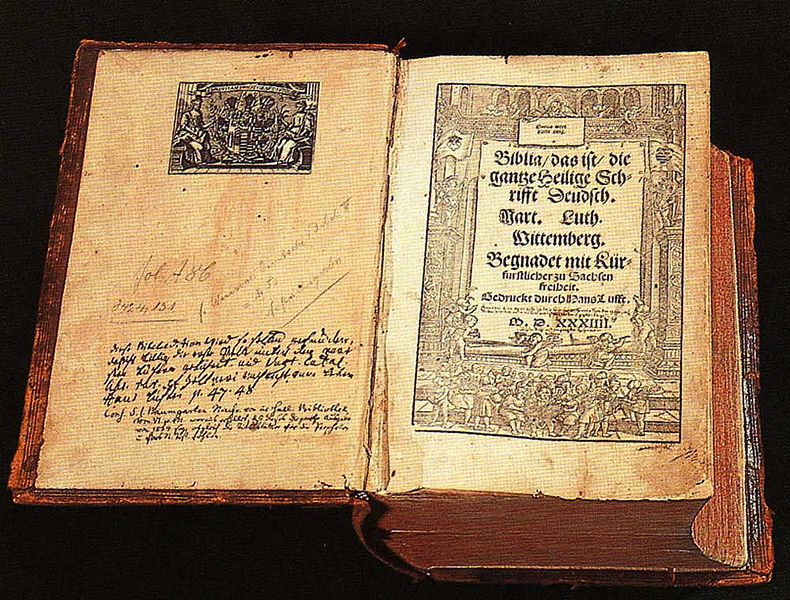
The Bible
Holy Scripture – Holy Scripture refers to pieces of religious text written over multiple centuries by those inspired by God to do so. The Bible is the most popular text within the Holy Scripture.
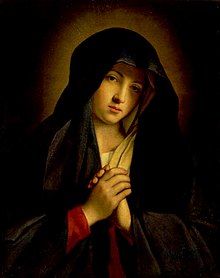
Virgin Mary
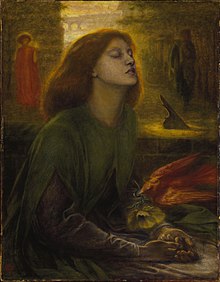
Beatrice
Le “tre donne benedette”– The Three Blessed Women are the three women –Saint Lucia, Beatrice, and the Virgin Mary—that help Dante in The Divine Comedy. In The Divine Comedy, the Virgin Mary summons Lucia to call on Beatrice to find Virgil to help guide Dante out of the underworld.

Suleiman the Magnificent of the Ottoman Empire
Ottoman – Ottoman refers to the Ottoman Empire that existed from 1299 until 1923 and was founded by Turkic tribes. Also referred to as the Turkish Empire, its conquest of Constantinople in 1453 was what transformed them into an empire. Later, in the 16th and 17th centuries, it became one of the most powerful states in the world, which Constantinople as its capital.
China – China is a country in East Asia that had one of the world’s earliest ancient civilizations. Up until 1911, China’s government was a system of hereditary monarchs called dynasties. Since its expansion into the international market, China has become the world’s fastest-growing major economy.
Casino di Venezia – Casino di Venezia is a casino located in Venice founded in 1638 and today is the world’s oldest gambling house.

Depiction of Scene in Parsifal
Parsifal—Parsifal is an opera written by German theatre director Richard Wagner that is loosely based on a 13th century epic poem of an Arthurian knight and his quest for the Holy Grail.
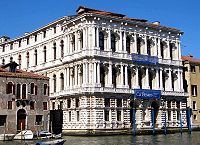 Ca’ Pesaro Galleria Internazionale d’Arte Moderna – The Ca’ Pesaro Galleria internazionale d’arte moderna is a baroque palace in Venice that hold’s Venice City Council’s collection of Modern Art, which include famous masterpieces such as Klimnt’s Judith II, Chagall’s Rabbi of Vitebsk, and sculptures done by Medardo Rosso.
Ca’ Pesaro Galleria Internazionale d’Arte Moderna – The Ca’ Pesaro Galleria internazionale d’arte moderna is a baroque palace in Venice that hold’s Venice City Council’s collection of Modern Art, which include famous masterpieces such as Klimnt’s Judith II, Chagall’s Rabbi of Vitebsk, and sculptures done by Medardo Rosso.
Gustav Klimt’s The Kiss– The Kiss is a painting done by Austrian Symbolist painter Gustav Klimt during the highpoint of his career. The painting depicts an embracing couple and is composed of oil paint with applied layers of gold leaf.
Rialto Bridge – Rialto Bridge is one of the four bridges that spans the Grand Canal in Venice. The oldest of all four bridges, the Rialto Bridge divides the two districts of San Marco and San Polo.
Rialto Market – The Rialto Market is a market located near the Rialto Bridge that sells fruit, fish, and vegetables.
